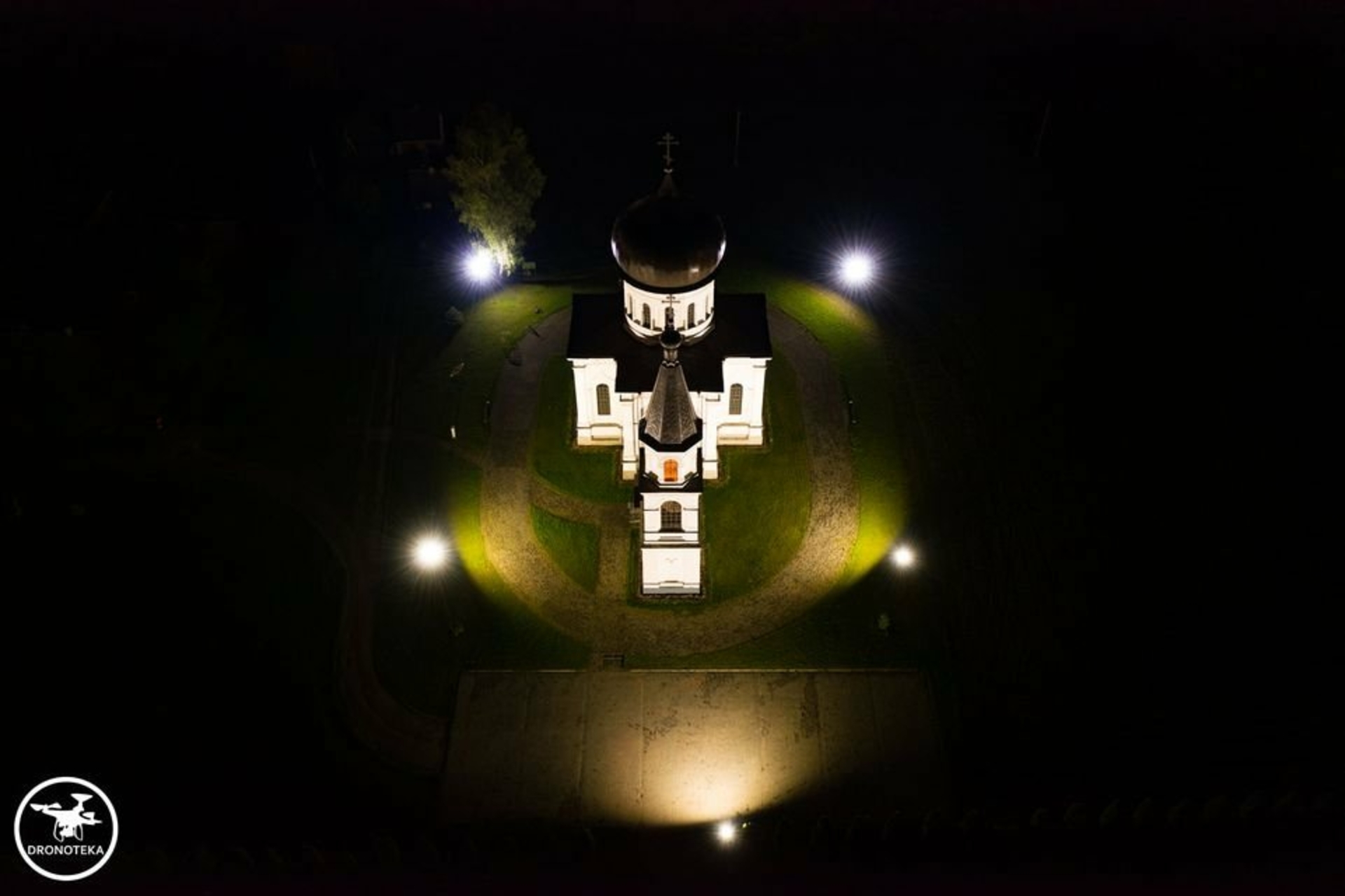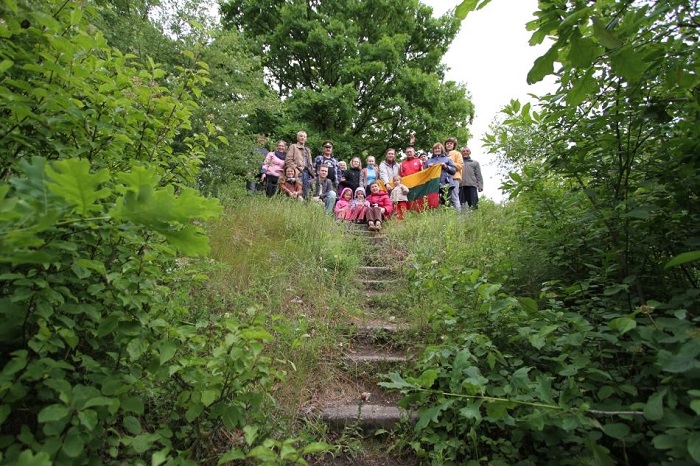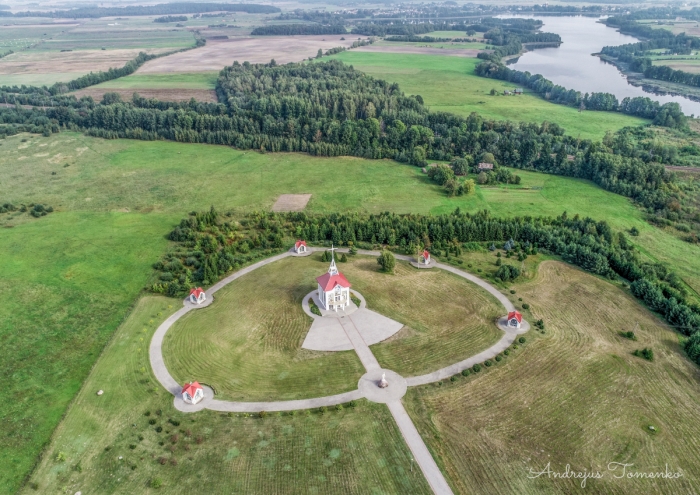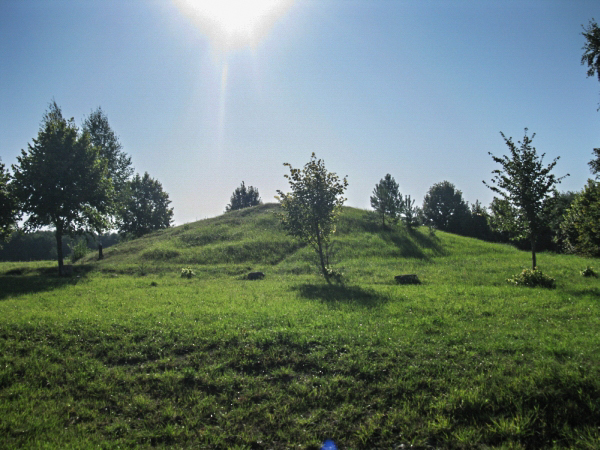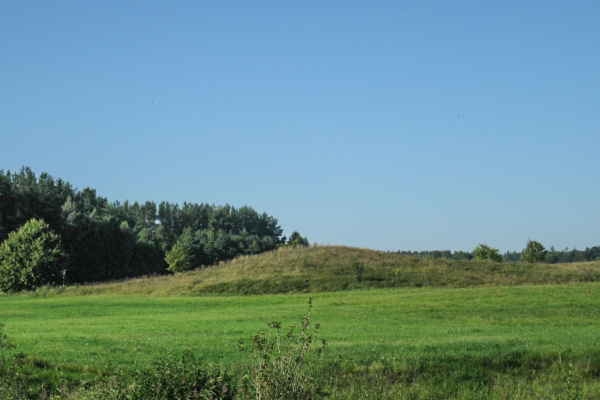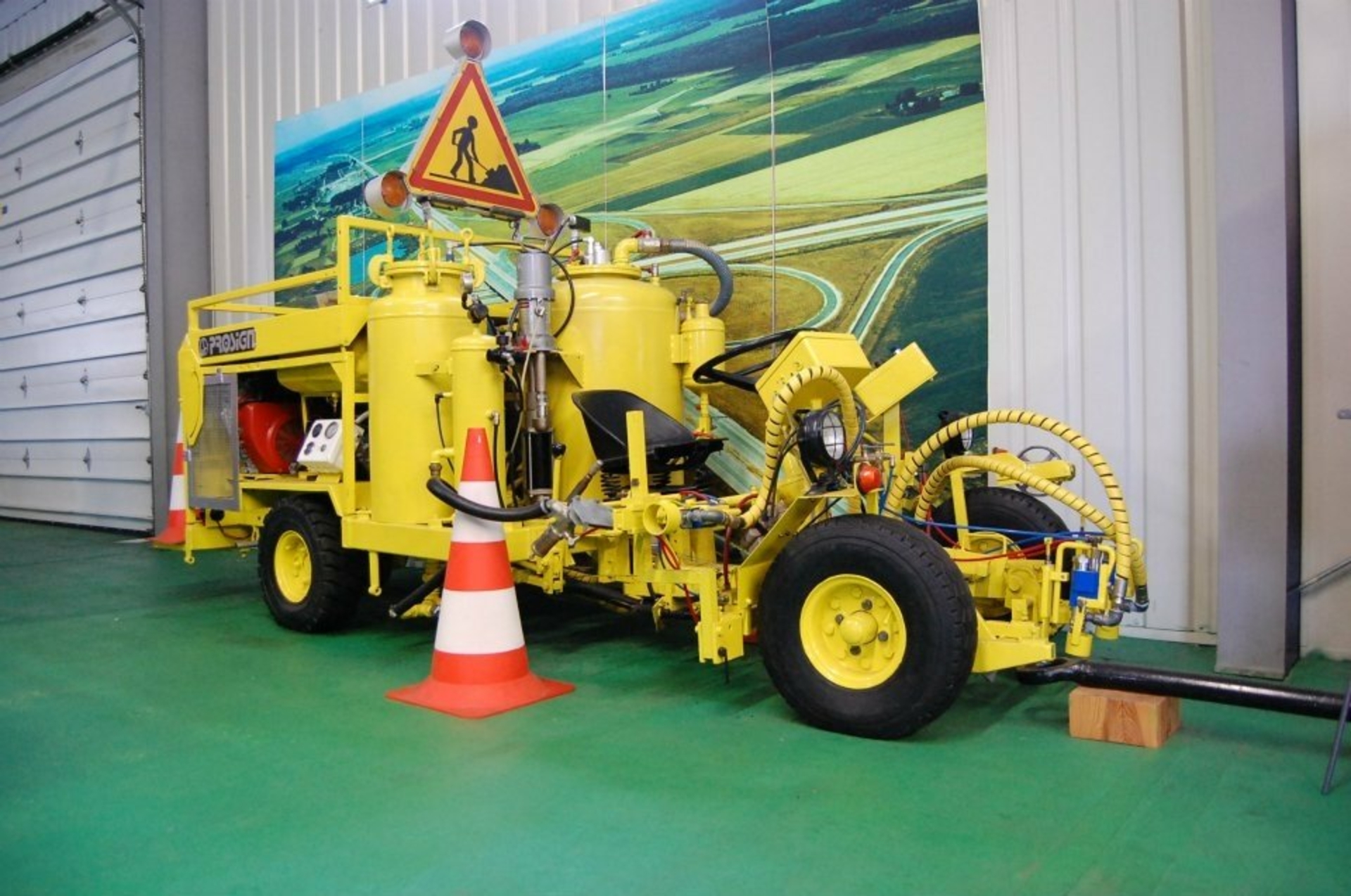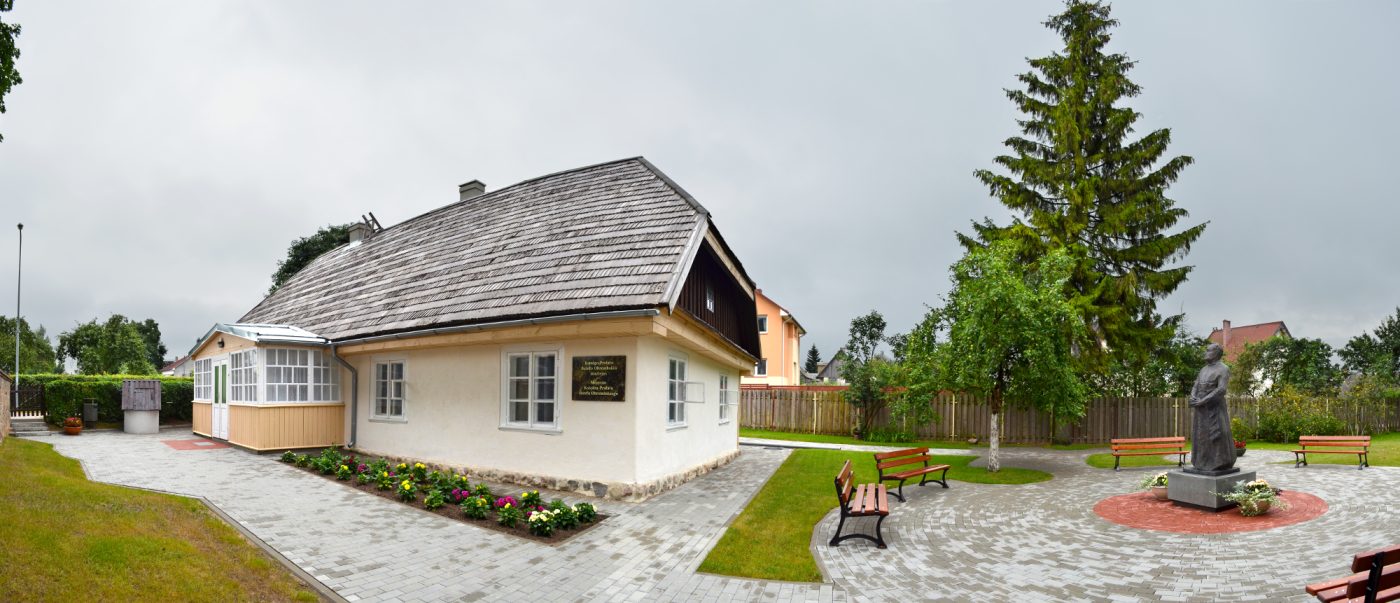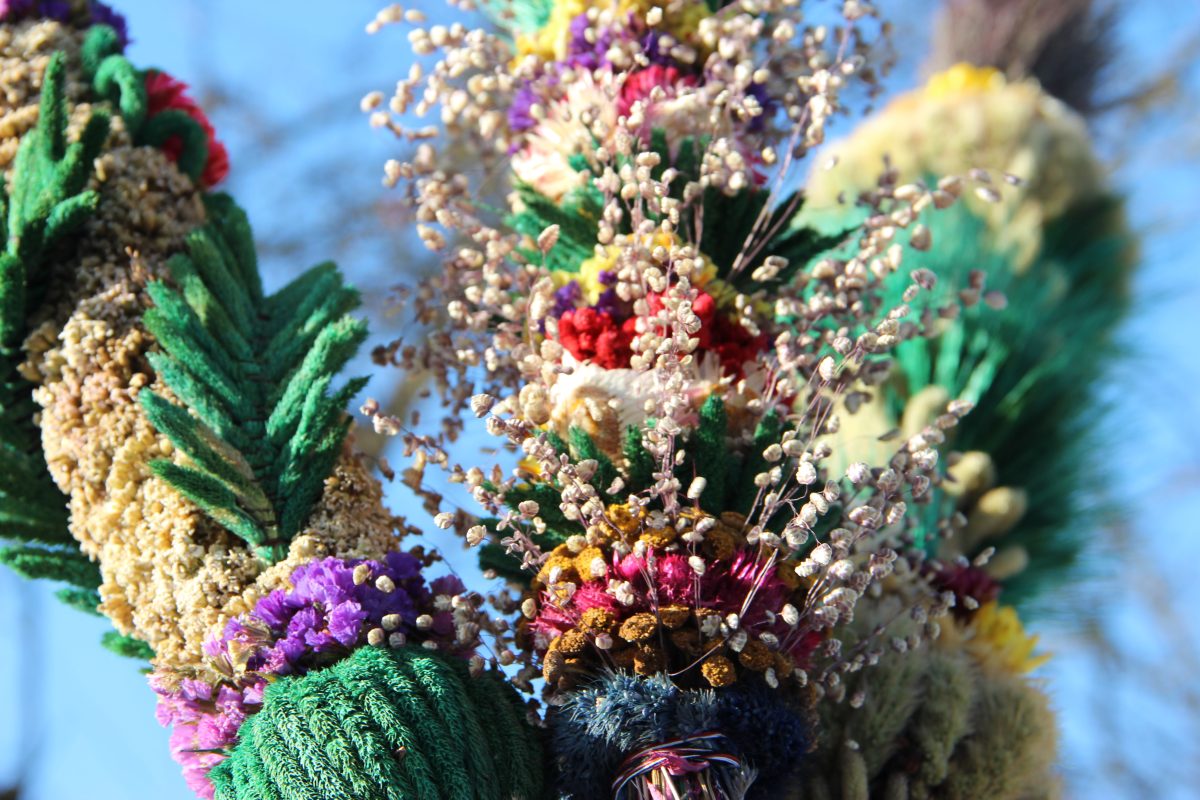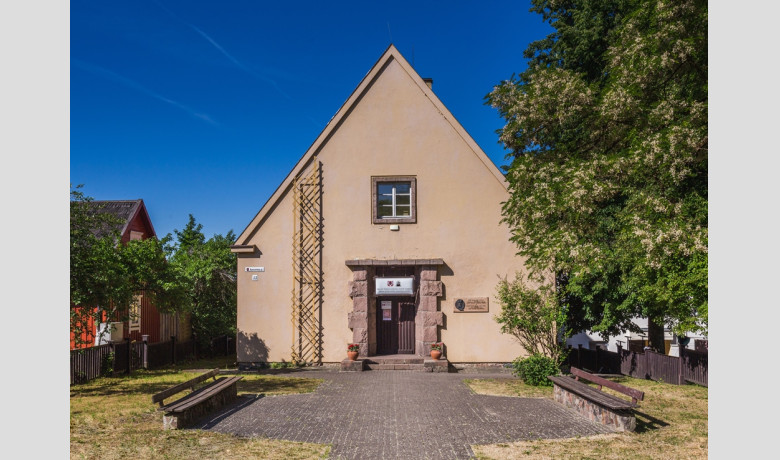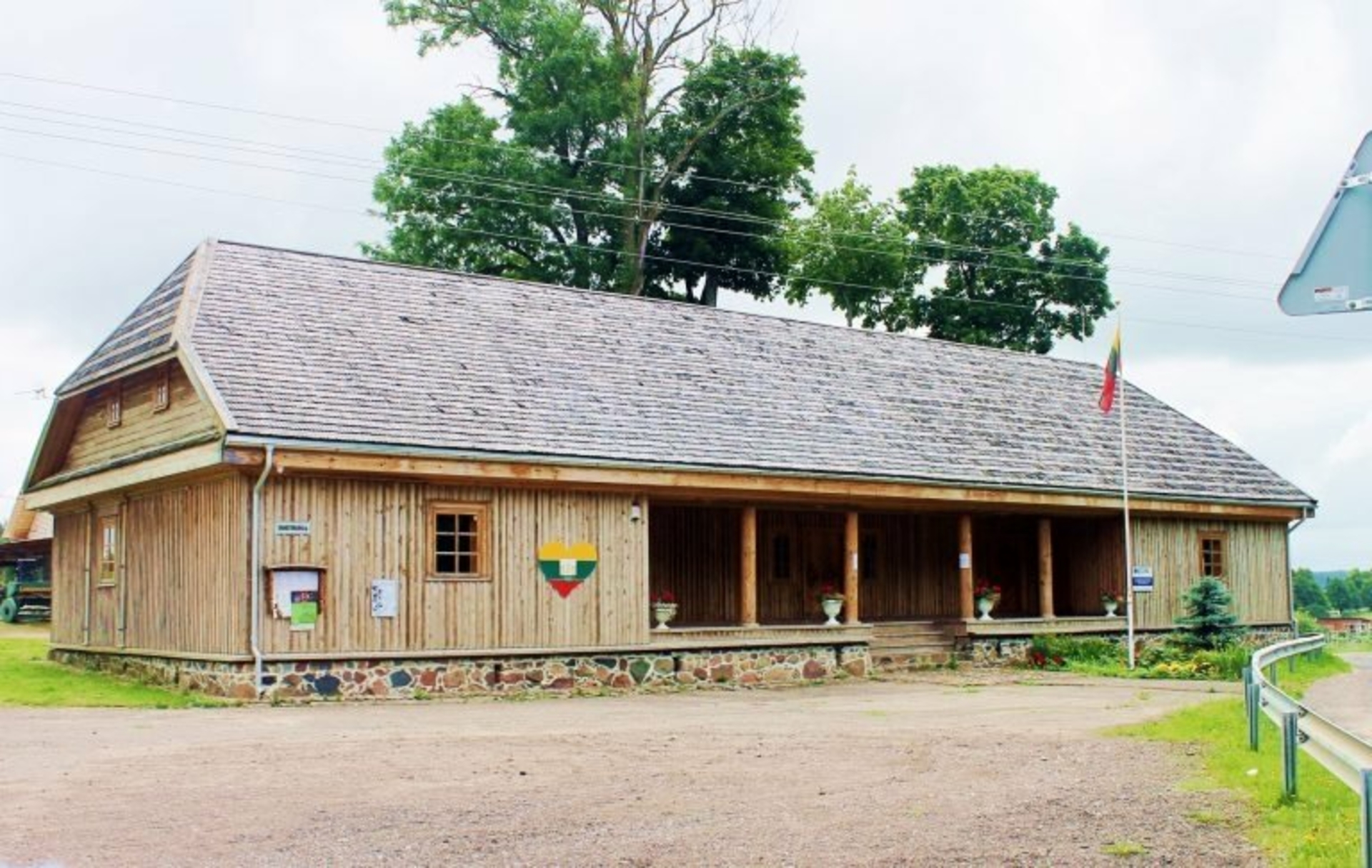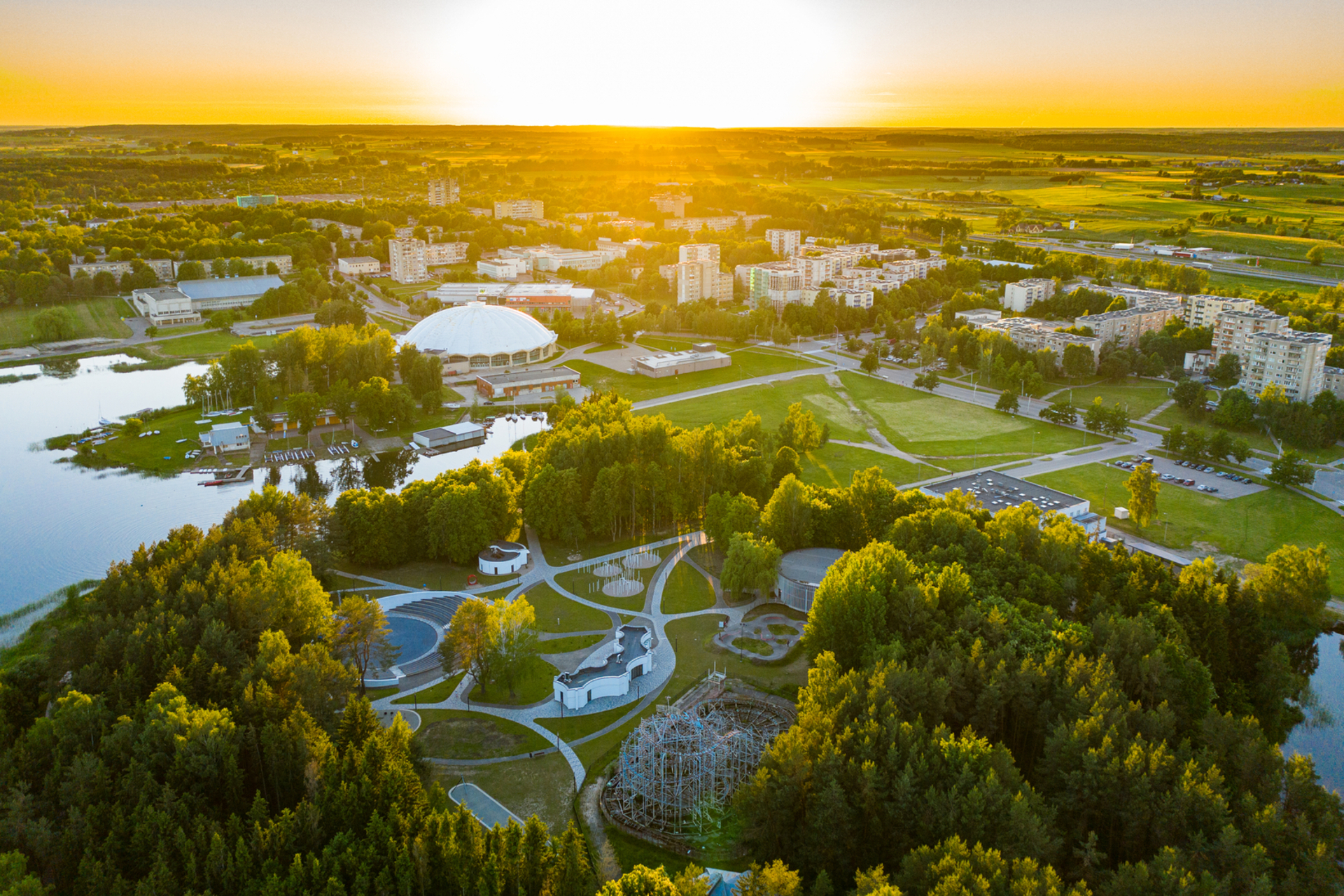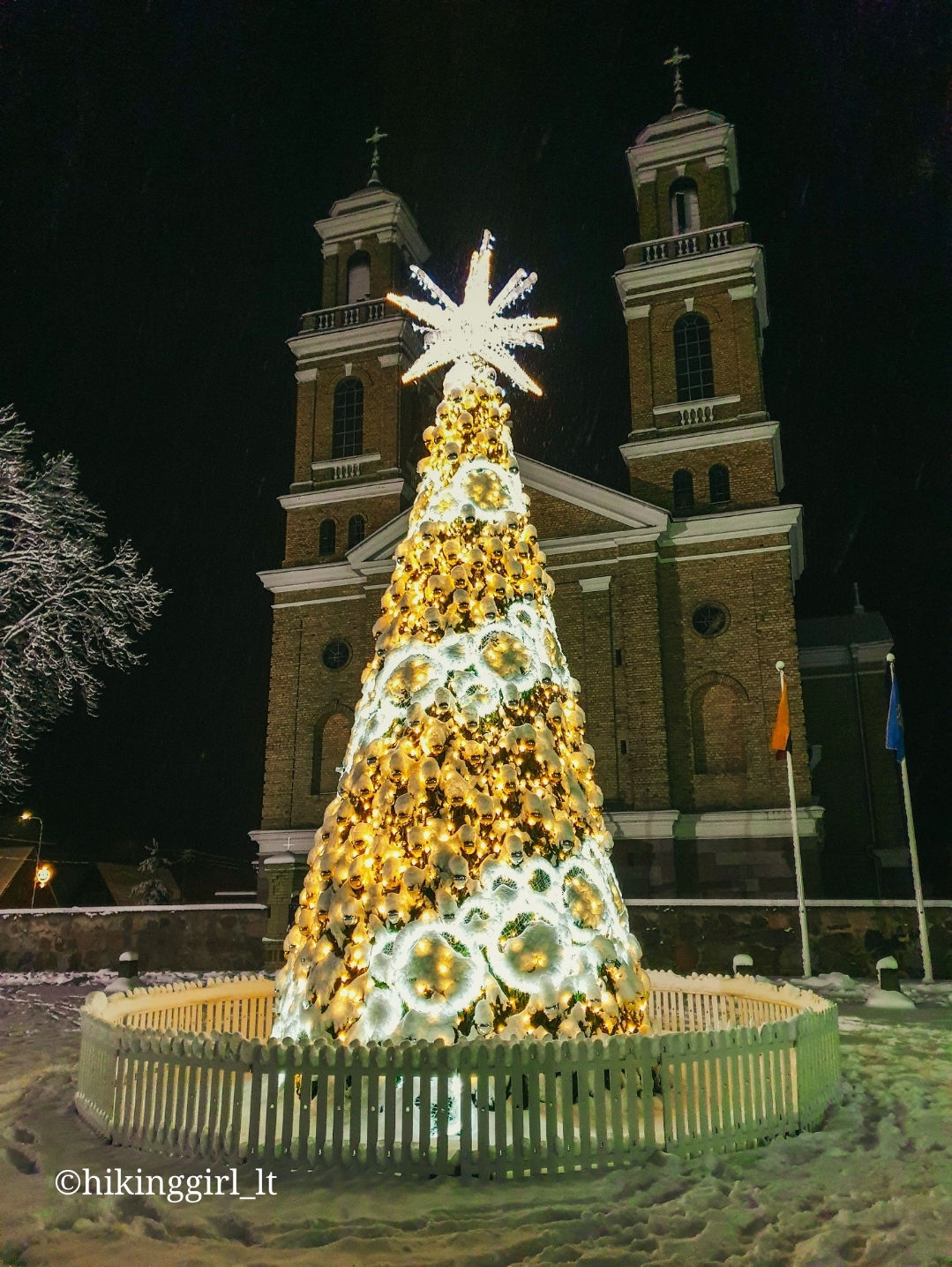St. Anne's Church in Vievis

198

1

0
The Church of St. Anne in Vievis has a long history dating back to the 16th century. Due to the efforts of the local landowners, the church was rebuilt several times: the Uniate church built by the Oginski family in 1600 was destroyed by fire in 1794, and in 1816, Gabriel Oginski built a new Catholic church. Between 1911 and 1931, the church underwent significant renovations. This is a Neo-Baroque, basilica-style church with two-story facade towers and beautiful works of art. In the Vievis cemetery, there is an old chapel, and several priests, including Father J. Mincevičius, are buried in the churchyard.
Info
-

Religious Heritage
-
Vievis
-
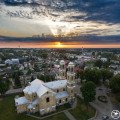

Whats new?
Nearby attractions
Nearest museums
Nearest entertainment
Nearest food establishments translate this into LT

 Entertainment
Entertainment
 Food establishments
Food establishments





























 54.769974, 24.817493
54.769974, 24.817493
 Get directions
Get directions









.jpg)
